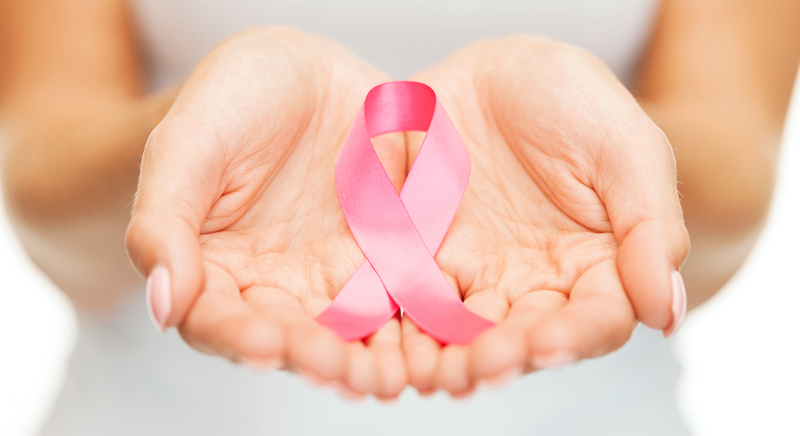Is All Breast Cancer The Same? A Paradox: Estrogen's Relationship to Breast Cancer
Most women are aware of a link between estrogen and breast cancer. Yet, there are three types of breast cancer: ductal (80%), lobular (10%), and inflammatory (1% to 5%), all of which have different receptor characteristics that guide treatment. Approximately 75% of breast cancer is estrogen-receptor (ER) positive. However, there are conditions in which estrogen both fuels and, at other times, kills ER-positive breast cancer cells. One type of breast cancer does not even recognize estrogen at all. It is estimated that in 2015, there will be 231,840 new cases of breast cancer and 60,290 cases of breast carcinoma in situ. And it is predicted that 40,290 women will die of this disease (cancer.org). Understanding the types of breast cancer offers promise for improved surveillance, prevention, and more effective treatments.
Hot Flash Connection to Puberty
Puberty is a dynamic process that occurs as young women emerge into their reproductive lives. The prepubertal process begins in the hypothalamus. There, gonadotrophin-releasing hormone neurons secrete gonadotrophin-releasing hormone (GnRH). Gonadotrophin-releasing hormone, in turn, enters the portal system in pulses, stimulating the pituitary to produce luteinizing hormone (LH) and follicle stimulating hormone (FSH), both of which act on the maturing ovary to initiate the production of estrogens and androgens and then progesterone once ovulation occurs. Once produced, rising levels of estrogen communicate back to the hypothalamus to slow the process. But how does estrogen control this feedback process since there are no estrogen receptors on the GnRH neurons? And what does this have to do with menopausal hot flashes?


